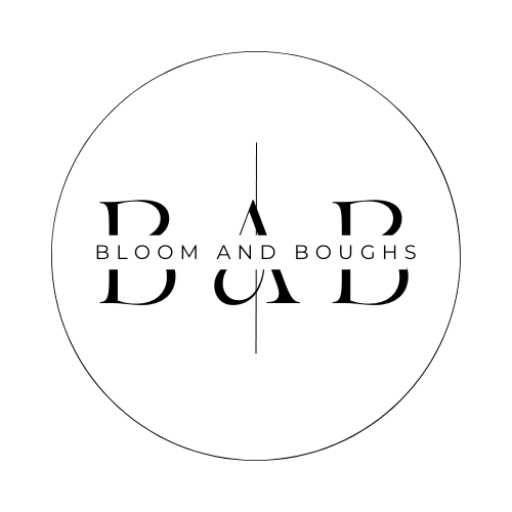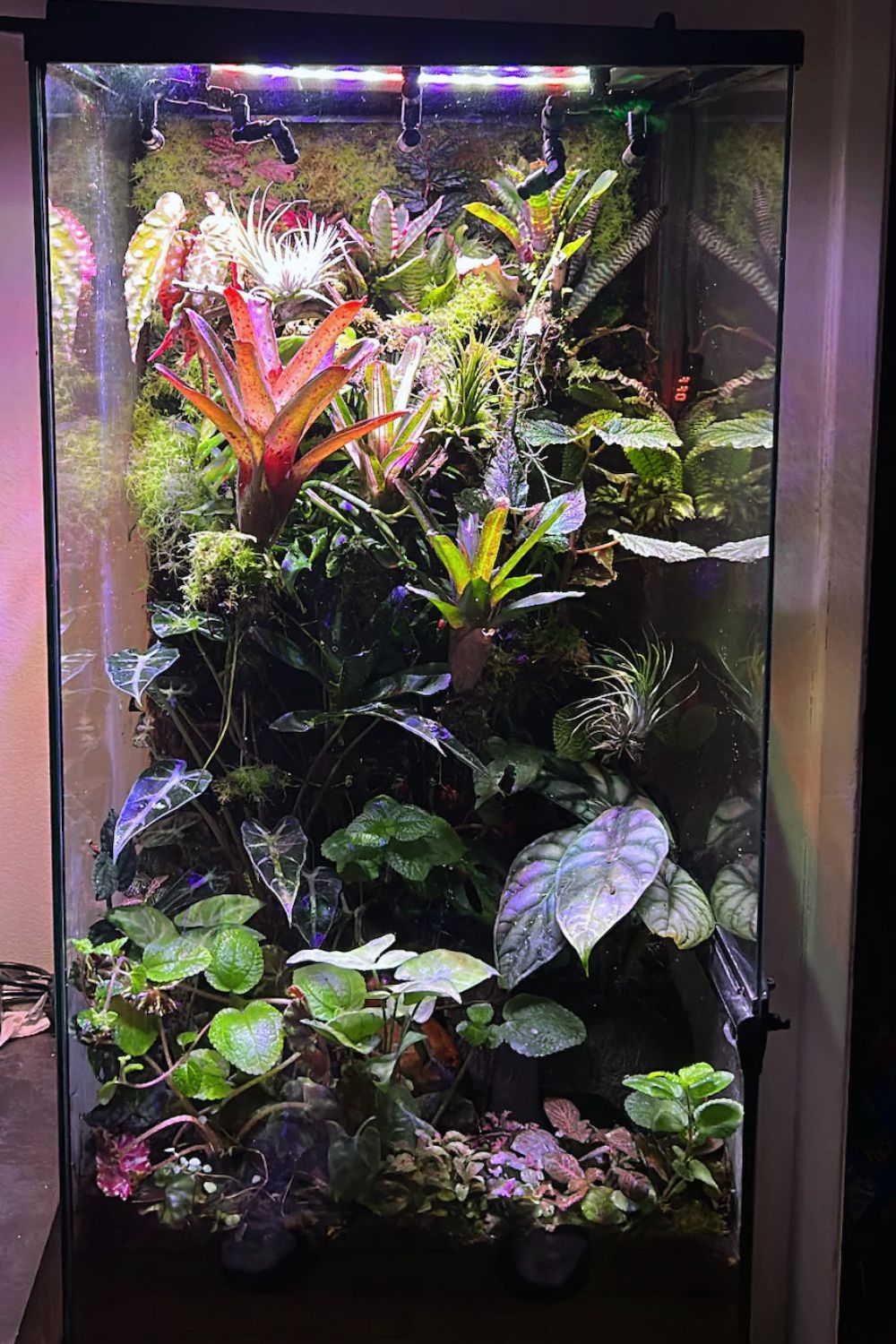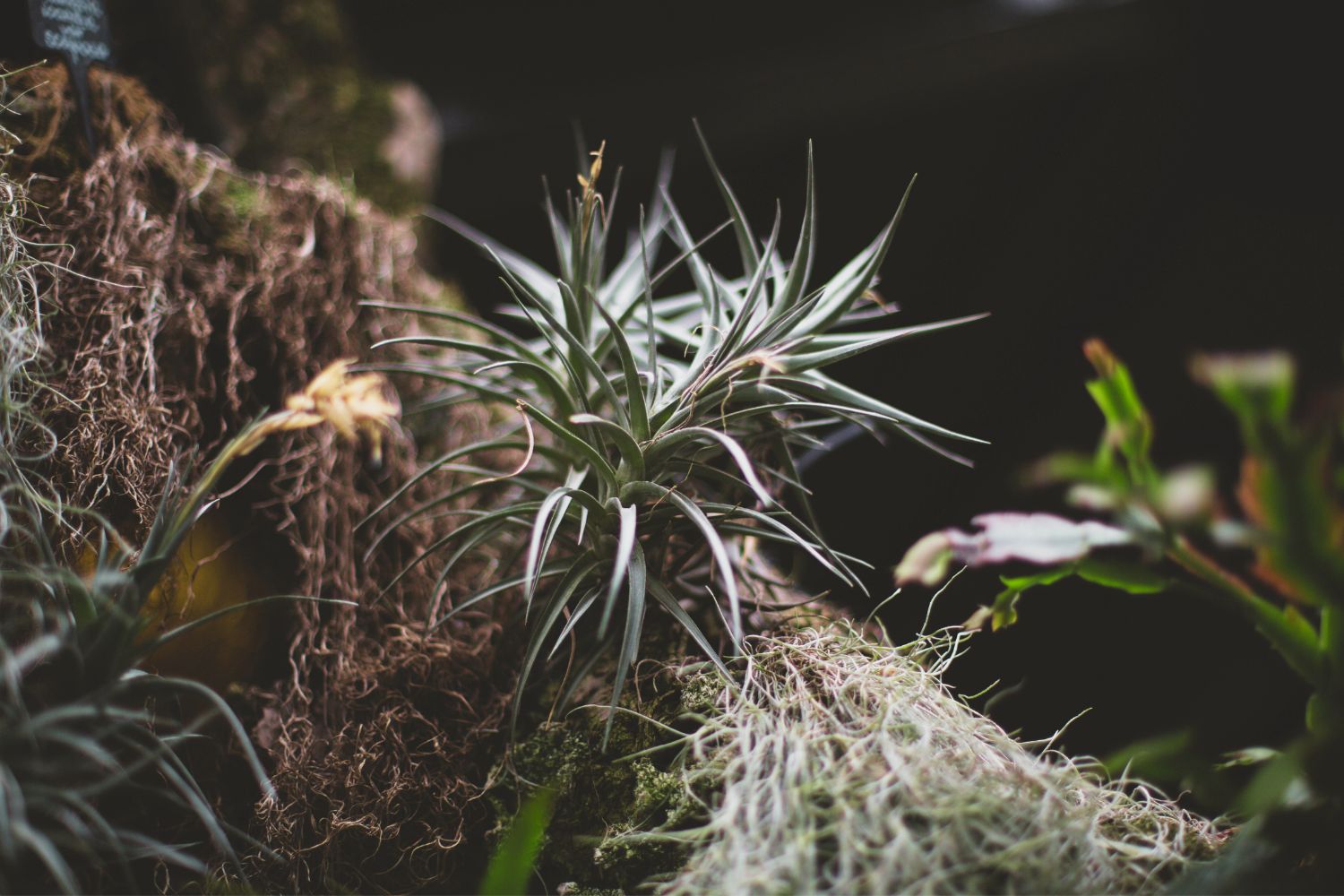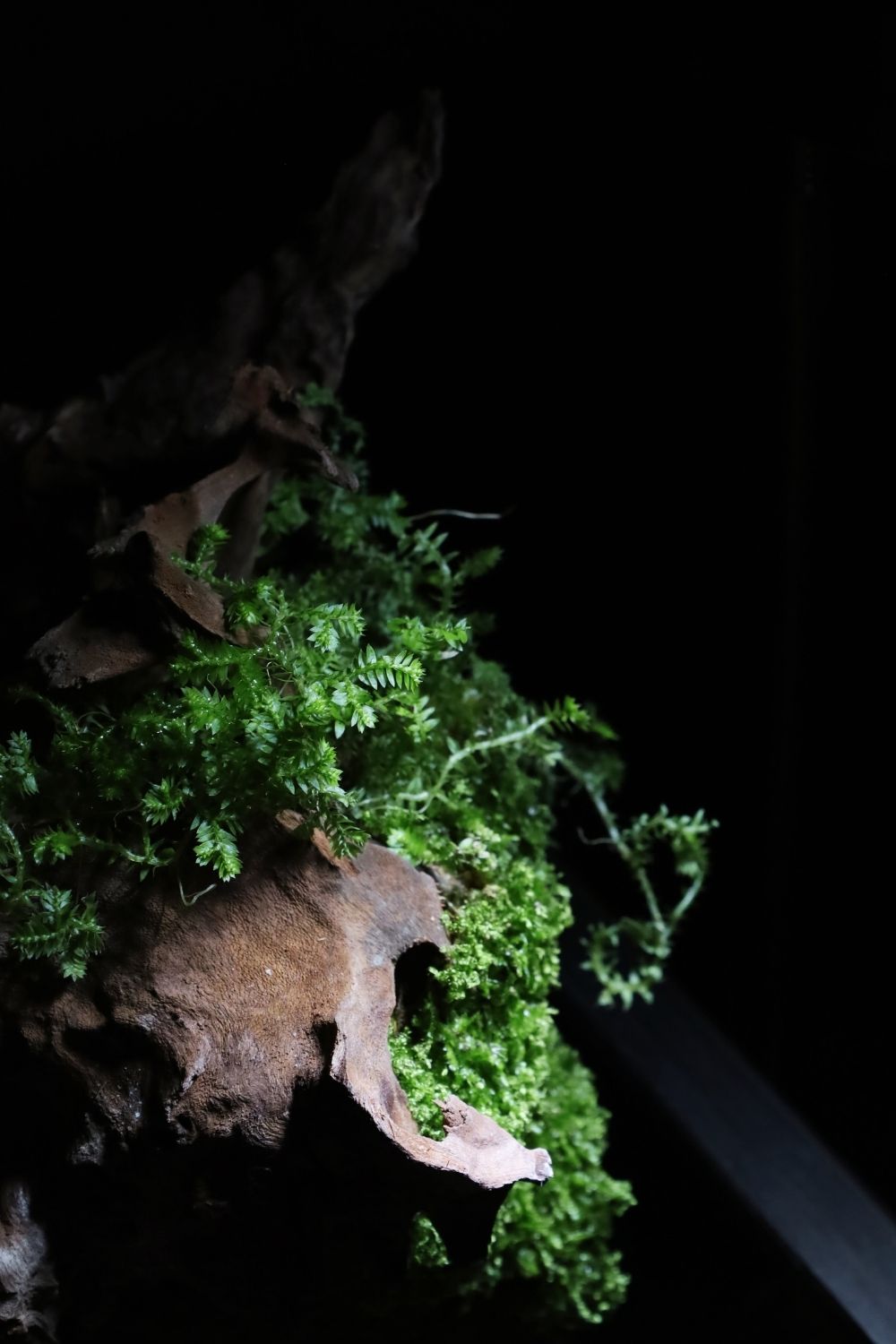Hey there,
Bioactive vivariums have become increasingly popular among reptile and amphibian enthusiasts in recent years. These vivariums aim to recreate a natural habitat for arboreal species, providing them with a more enriching and stimulating environment. Unlike traditional setups, bioactive vivariums incorporate live plants, beneficial microorganisms, and a self-sustaining ecosystem that mimics the animal’s natural habitat. In this comprehensive guide, we will explore the various aspects of building a bioactive vivarium specifically designed for arboreal species.
Understanding the Benefits of a Bioactive Vivarium
One of the key benefits of a bioactive vivarium is the improved welfare of the animals. By recreating their natural environment, the animals experience lower stress levels and are more likely to exhibit natural behaviors. Additionally, the live plants in the vivarium provide hiding spots, climbing opportunities, and even a potential food source for some species. This naturalistic setup also enhances the aesthetic appeal of the vivarium, making it a beautiful addition to any room or space.
Choosing the Right Vivarium for Your Arboreal Species
When it comes to selecting a vivarium for your arboreal species, there are several factors to consider. The vivarium size should be appropriate for the species, allowing them enough space to move, climb, and explore.
Consider a vertical terrarium with dimensions of 24 inches (height) x 18 inches (width) x 18 inches (depth), providing ample climbing space for tree-dwelling species like Crested Geckos. A taller vivarium with vertical space is essential for arboreal species, as they spend most of their time in the trees.
Utilize a custom-built enclosure with multiple vertical branches and perches, allowing inhabitants like Anoles to explore and climb at various levels.
Set up a vivarium with a tall back wall covered in artificial rock features, providing a three-dimensional climbing surface for Day Geckos.
It is also crucial to choose a vivarium with proper ventilation and easy access for maintenance and cleaning.
Selecting the Perfect Plants
Live plants play a vital role in a bioactive vivarium. They provide natural hiding places, regulate humidity levels, and contribute to the overall aesthetics of the enclosure. When selecting plants, it is important to consider the specific needs of your arboreal species. Some plants thrive in higher humidity, while others prefer drier conditions. Researching the natural habitat of your animal species will help you choose plants that closely resemble their native environment.
Introduce a variety of epiphytic orchids like Dendrobium and Phalaenopsis, strategically placing them on branches to create a diverse canopy for Crested Geckos.
Include Tillandsia air plants attached to cork bark and vertical surfaces, forming an intricate canopy for arboreal tree frogs.
Utilize Bird’s Nest Ferns (Asplenium nidus) strategically planted on higher branches, providing lush green cover for a vivarium housing Day Geckos.
Recommended Arboreal Species for Bioactive Vivariums
There are a wide variety of options to choose from. Some popular choices are:
Crested Geckos (Correlophus ciliatus):
Selecting these visually striking arboreal lizards known for their climbing ability and preference for vertical spaces.
Red-eyed Tree Frogs (Agalychnis callidryas):
Opting for these vibrant tree frogs that thrive in well-vegetated, arboreal environments.
Green Tree Pythons (Morelia viridis):
Choosing these visually stunning snakes that are naturally adapted to life in the trees, making them well-suited for arboreal vivariums.
Not all arboreal species are suitable for a bioactive vivarium setup. Some species may have specific care requirements or behaviors that may not be compatible with a self-sustaining ecosystem. Before selecting an arboreal species, it is crucial to research its specific care requirements, including temperature, humidity, and dietary needs. It is also important to consider the size and activity level of the species, ensuring that the vivarium can accommodate their needs.
Always ensure that you are capable of providing the necessary care and attention to the chosen species!
Creating a Suitable Terrarium Environment
Creating a suitable terrarium environment is essential for the health and well-being of your arboreal species. To mimic their natural habitat, you should include various elements such as branches, vines, and foliage for climbing and hiding. It is important to arrange these elements in a way that allows the animals to move freely and express their natural behaviors. Additionally, providing a substrate that retains moisture and supports plant growth is crucial for maintaining a healthy vivarium ecosystem.
Create a substrate mix using a base of coconut coir, enriched with live moss for humidity and shredded leaves for a natural forest floor feel, ideal for species like Dart Frogs.
You can implement a substrate combination of orchid bark, organic potting soil, and sphagnum moss to support both plant growth and the burrowing tendencies of Tree Frogs.
For arboreal millipedes, use a mix of coconut fiber, rotting wood, and leaf litter to simulate their natural forest habitat while providing opportunities for burrowing.
Incorporating Natural Lighting, Humidity Control, and Balancing Temperature in Your Vivarium
Proper lighting and humidity control are crucial factors in maintaining a bioactive vivarium. Arboreal species require access to UVB lighting to synthesize vitamin D3, which is essential for their overall health and well-being. Additionally, maintaining the appropriate humidity levels is crucial for the health of both the animals and the live plants. This can be achieved by using misting systems, foggers, and monitoring devices to ensure optimal conditions are maintained.
Install a linear LED lighting system that spans the entire length of the vivarium, ensuring uniform light distribution for plants and animals in a tall enclosure. Use a combination of adjustable LED spotlights and fluorescent fixtures to cater to the varied lighting requirements of different levels within a vertically designed vivarium for Anoles. Implement a suspended UVB lighting system combined with LED grow lights to penetrate the height of the enclosure, promoting both plant and reptile health in a setup for arboreal snakes.
Install a misting system with multiple nozzles strategically placed at different levels, ensuring consistent humidity for Dart Frogs in a tall vivarium. Incorporate a waterfall feature near the top of the enclosure, creating localized humidity zones for tree-dwelling amphibians like White Tree Frogs. Use a combination of automated misting and manual spraying to maintain appropriate humidity levels for arboreal invertebrates such as stick insects.
Install a basking lamp at the top of the enclosure for Crested Geckos, creating a warm zone for thermoregulation, while maintaining a cooler temperature at lower levels. Utilize heat mats positioned closer to the bottom of the vivarium to establish a thermal gradient, catering to the diverse temperature needs of arboreal Anoles. Combine ceramic heat emitters and ambient lighting to achieve a balanced thermal gradient throughout the vertical space for arboreal snakes like Green Tree Pythons.
Establishing a Healthy Ecosystem with Beneficial Microorganisms
A key component of a bioactive vivarium is establishing a healthy ecosystem with beneficial microorganisms. These microorganisms, including springtails and isopods, play a crucial role in breaking down waste and maintaining the overall cleanliness of the vivarium. By providing a suitable environment for these organisms to thrive, you create a self-sustaining system that reduces the need for frequent cleaning and maintenance.
Feeding and Maintaining the Bioactive Vivarium
Feeding and maintaining a bioactive vivarium requires a slightly different approach compared to traditional setups. In addition to providing a balanced diet for your arboreal species, you also need to consider the needs of the live plants and microorganisms within the vivarium. Feeding schedules should be adjusted to accommodate the natural behaviors of the animals, including hunting and foraging. Regular monitoring of the vivarium’s conditions, such as temperature, humidity, and plant health, is also crucial to ensure the ecosystem remains stable.
Decorative Elements for Vertical Exploration
Hang artificial vines strategically across the enclosure, allowing Crested Geckos to navigate the vertical space and provide a visually appealing and dynamic environment. Incorporate cork bark tubes positioned diagonally to create climbing structures for Anoles, simulating natural tree trunks and enhancing the vertical exploration opportunities. Integrate hollow logs suspended from branches, offering hiding spots and vertical retreats for Day Geckos to explore.
Troubleshooting Common Issues in Bioactive Vivariums
While bioactive vivariums can be highly rewarding, they may encounter certain issues that require troubleshooting. Some common problems include excessive humidity, plant overgrowth, or the presence of pests. Regular observation and maintenance are key to addressing these issues promptly. Additionally, seeking advice from experienced hobbyists or herpetologists can provide valuable insights and solutions to any problems that may arise.
Here you can find some tips:
- Regularly monitor temperature and humidity levels using digital sensors placed at different heights, adjusting the vivarium’s heating and misting systems accordingly for the well-being of Dart Frogs.
- Conduct routine health checks on arboreal animals, observing behaviors and adjusting the lighting schedule based on the preferences and needs of Anoles within the vivarium.
- Implement a monthly review of plant growth and replace any damaged or overgrown vegetation in the vivarium for Green Tree Pythons, ensuring a healthy and aesthetically pleasing environment.
Conclusion and Final Thoughts
Building a bioactive vivarium for arboreal species can be a rewarding experience for both the animals and their keepers. By recreating their natural habitat, we provide them with a more stimulating and natural environment, promoting their overall welfare and allowing them to express their natural behaviors. From choosing the right vivarium to establishing a self-sustaining ecosystem, each step is crucial to the success of the vivarium. Remember to research and select species that are compatible with a bioactive setup, and always prioritize the health and well-being of the animals.
To learn more about building a bioactive vivarium read our other article:
https://bloomandboughs.com/creating-harmony-in-miniature-a-guide-to-bioactive-vivariums/










0 Comments